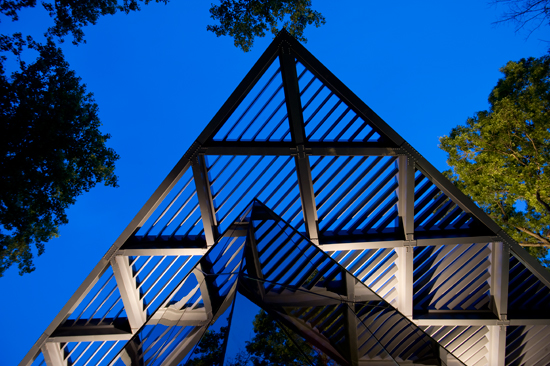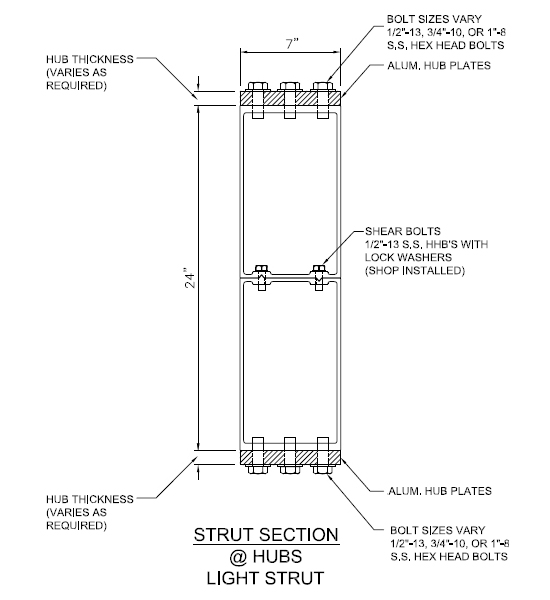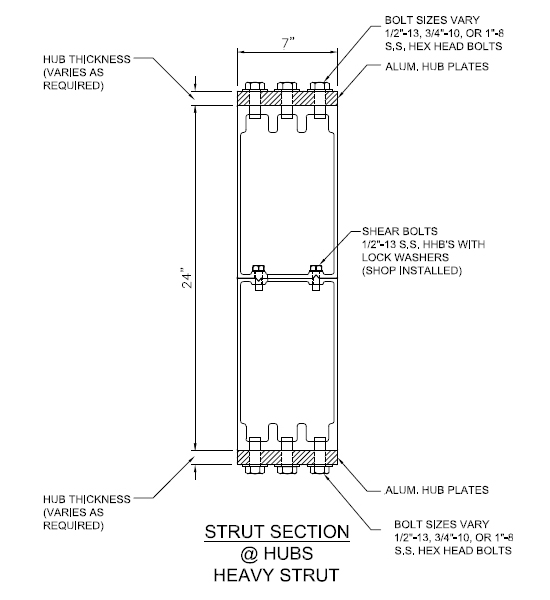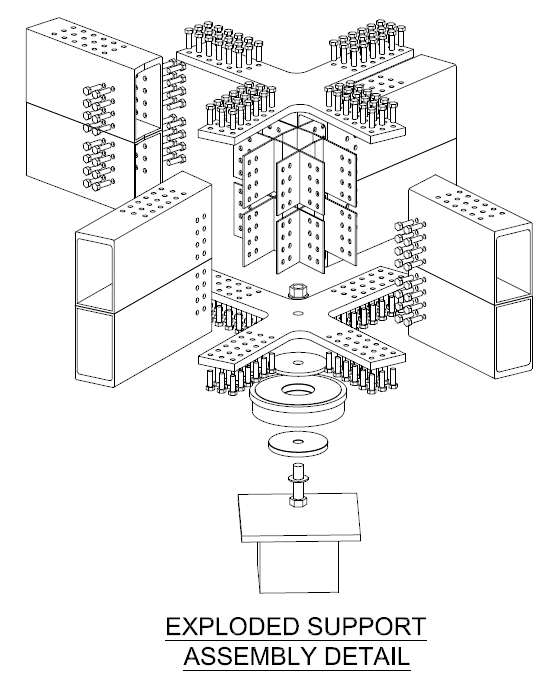Lightweighting With Aluminum: The Growing Trend for Architects Everywhere
To create a structural shape, a die is created into which aluminum is pressed. The engineer can specify specific, unique shapes for each component. They can have highly defined exterior surfaces and inner surfaces that are shaped to meet structural requirements for bending, flexure and to meet specific loading requirements. This process allows the engineer to minimize the aluminum materials used in the extrusion while maximizing the strength of the component. “The advantage of aluminum is that it is a material that allows the engineer to put the metal where it is needed. Aluminum can be added in discreet areas where stress occurs to maximize the strength of the extrusion while minimizing the material. The efficient use of materials results in lower cost (and lower weight) structures,” notes Grace Ferretti, Global Business Development manager - Architectural Division at CST Covers.
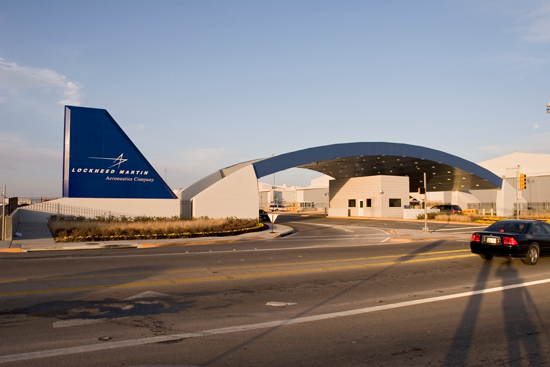
Photo by Paul Cockrell, Courtesy of CST Covers
The Lockheed-Martin Security Entrance Gate in Fort Worth, Texas, is composed of aluminum extrusions with an aluminum facade. This 135-foot x 26.5-foot structure provides a 106-foot clear span aluminum gateway to the complex.
Most architects are familiar with the use of aluminum extrusions for use in windows and storefronts. The newest trend is to expand the use of aluminum as a primary material for structures. In the past, the constraints imposed by manufacturing processes including the size of dies used for extrusions, limited the size of aluminum structural components. Architects are taking advantage of numerous advancements in extrusion technology to design taller buildings, longer arches and custom designed space frames that soar above roofs. Green architects are designing large aluminum canopies that can modify thermal environments both for buildings and to create new public places.
The reason that architects and engineers are now choosing aluminum for long span structures and space frames is because of the development of new manufacturing equipment. Computer machining and computer manufacturing have revolutionized the creation of many new construction products, enabling architects to achieve unique affordable custom designs.
The creation of new aluminum structural extrusions used in the design of many of the case studies in this article is possible because of Computer Numerical Control (CNC) machines. These machines are programmed to manufacture aluminum extrusions that can be customized to create precision shapes that allow for thinner profiles. The design of the Francis Gregory Library in Washington, D.C. is an example of how advanced engineering can take advantage of the extrudability and flexibility of aluminum in the creation of an award-winning LEED® Gold building.





